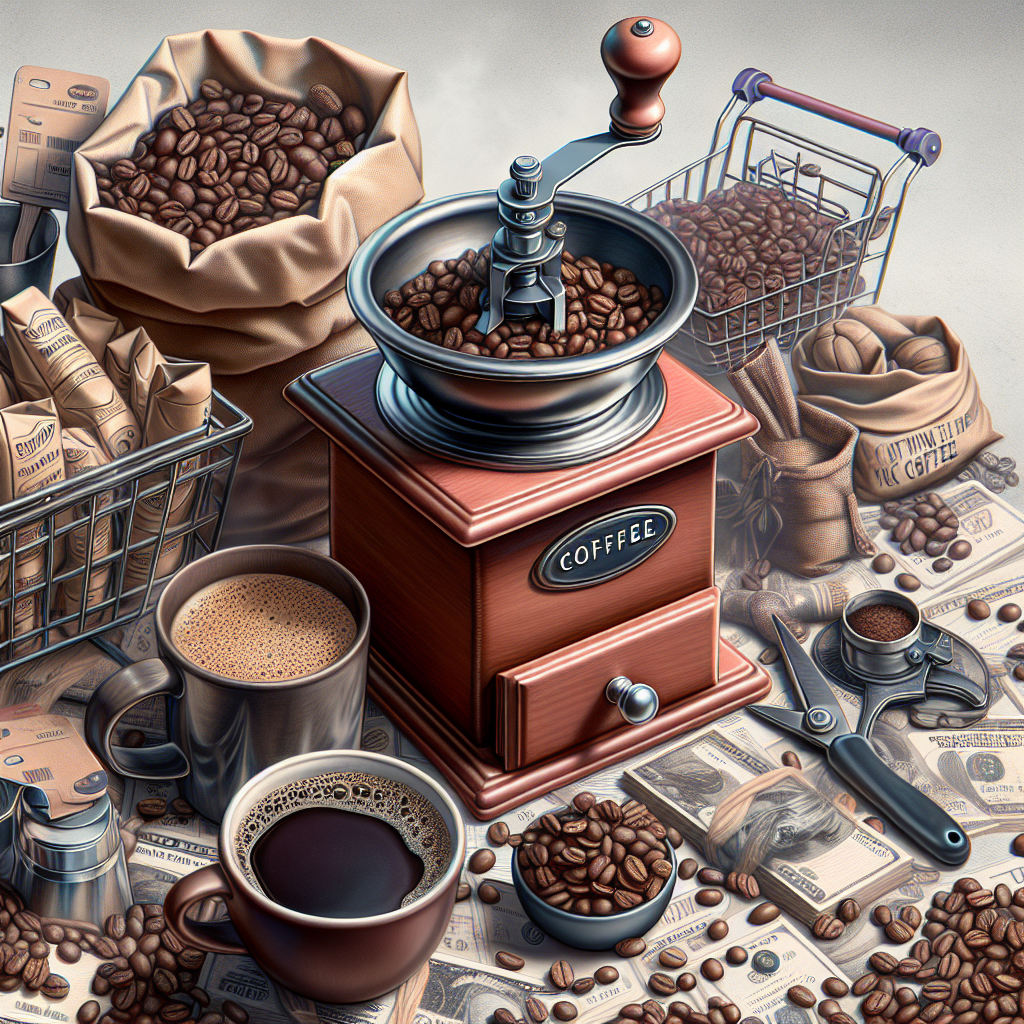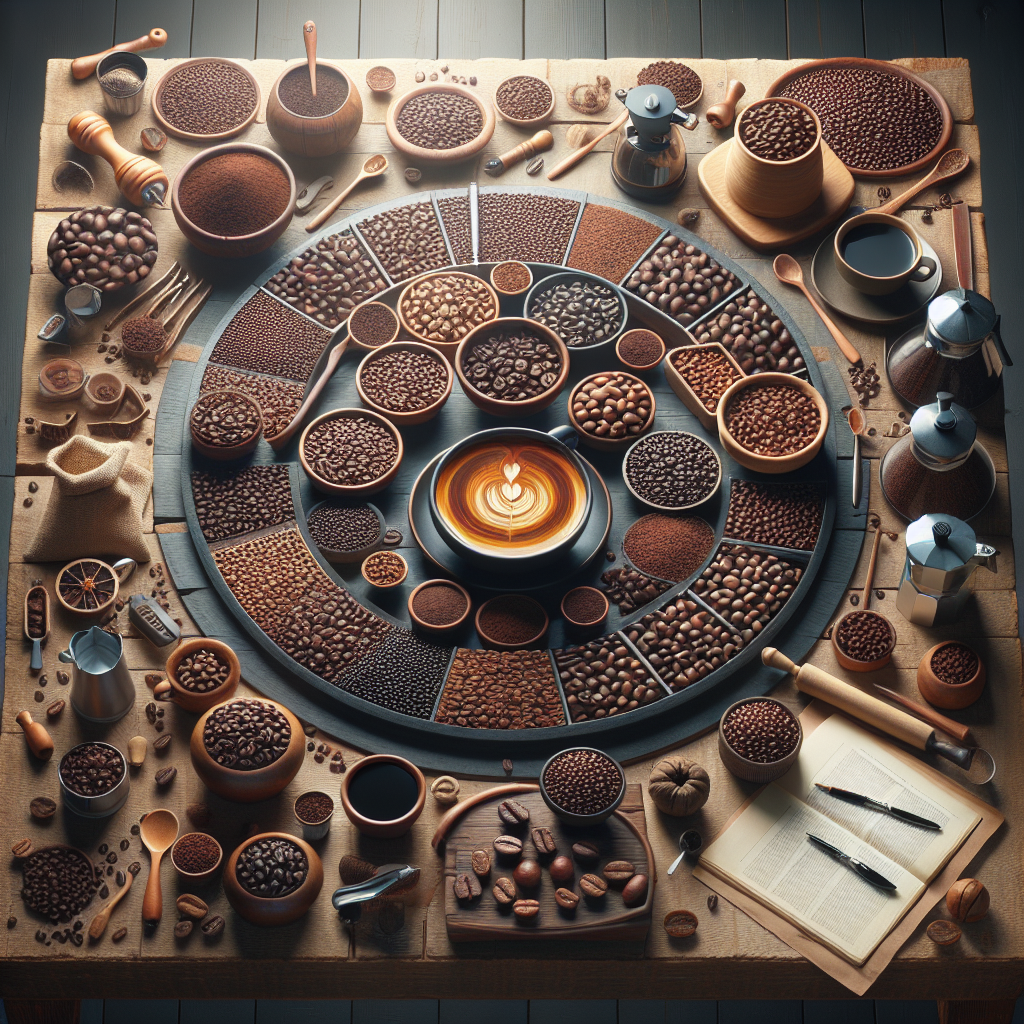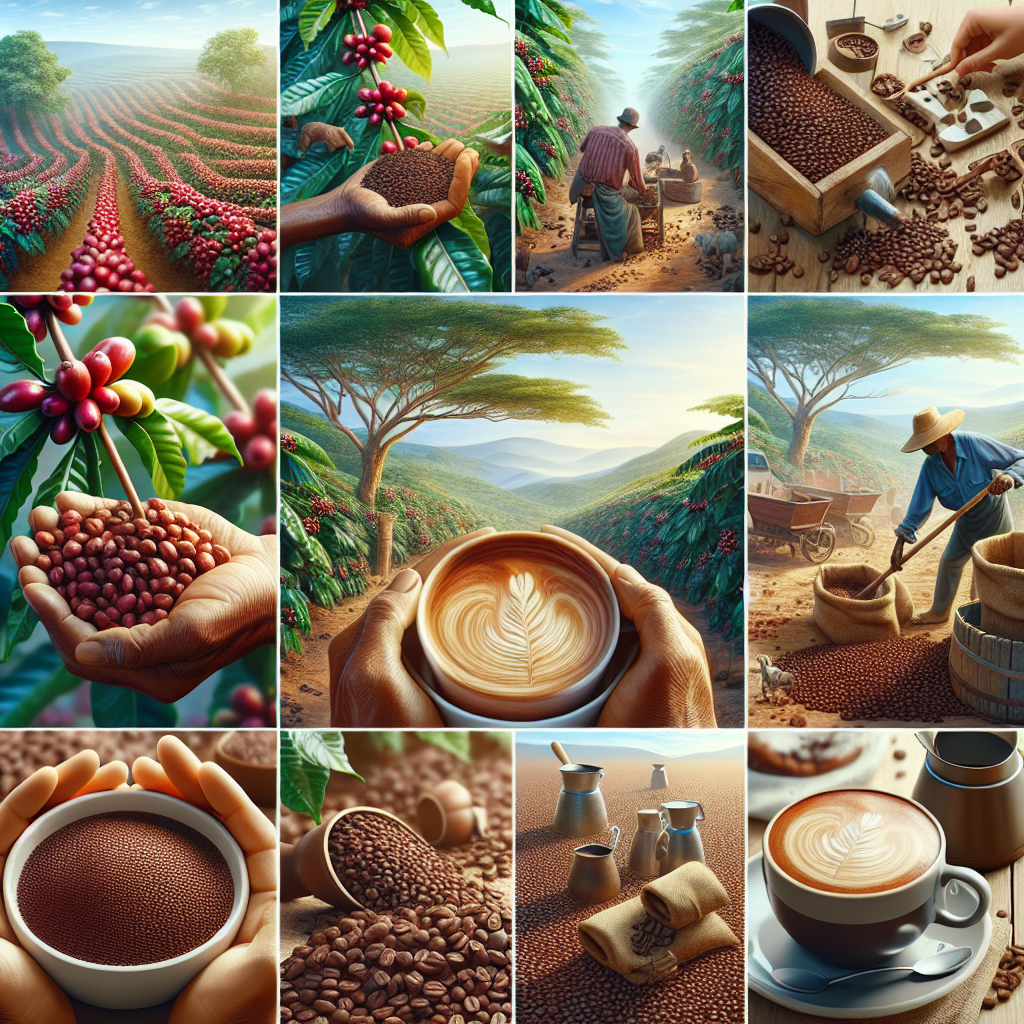Introduction
Imagine waking up to the rich aroma of freshly ground coffee beans, the scent swirling around you like a comforting hug. Many coffee enthusiasts have pondered whether grinding their own coffee is not only a more aromatic choice but also a more economical one. Is the pursuit of that perfect cup worth the effort and money? Let’s dive deep into the world of coffee grinding and discover if it’s cheaper to grind your own coffee.
- The Joy of Grinding Your Own Coffee
- Cost Breakdown: Pre-Ground vs. Whole Beans
- Quality and Freshness Matters
- The Right Tools for the Job
- Practical Tips for Home Grinding
- Key Takeaways
- FAQ
- Conclusion
The Joy of Grinding Your Own Coffee
There’s an almost meditative quality to grinding your own coffee. The rhythmic motion, the sound of beans being crushed, and finally, the tantalizing aroma that fills the air – it’s a sensory delight. **Coffee aficionados** often compare this ritual to a chef preparing fresh ingredients versus using pre-packaged ones. Both can create a meal, but the former elevates the experience to another level.
Cost Breakdown: Pre-Ground vs. Whole Beans
Understanding the Basics
When considering costs, it’s essential to look at both **short-term and long-term expenses**. Pre-ground coffee might seem convenient, but does it offer the same value as whole beans? Let’s break down the numbers.
- **Pre-Ground Coffee:** Typically ranges from $0.30 to $0.50 per ounce.
- **Whole Bean Coffee:** Usually costs between $0.25 to $0.45 per ounce.
- **Grinder Cost:** A decent grinder can range from $20 for a basic model to $200 for a high-end one.
While whole beans might seem slightly cheaper per ounce, you need to factor in the initial investment of a grinder. However, over time, grinding your own coffee can become more cost-effective, especially if you buy beans in bulk.
Quality and Freshness Matters
Freshness is a cornerstone of excellent coffee. Once ground, coffee beans begin to lose their flavor and aroma due to oxidation. By grinding your own coffee beans, you ensure each cup is brewed with **peak freshness**, capturing the full spectrum of flavors intended by the roaster.
The Right Tools for the Job
Choosing Your Grinder
Investing in a good grinder is crucial. There are mainly two types: **blade grinders** and **burr grinders**.
- **Blade Grinders:** Affordable but less consistent. They chop the beans unevenly.
- **Burr Grinders:** More expensive but provide a uniform grind, which is essential for better extraction.
If you’re serious about your brew, opting for a burr grinder is the way to go. It ensures that each grind size is perfect for your chosen brewing method, be it **French press**, **espresso**, or **drip coffee**.
Practical Tips for Home Grinding
Here are a few tips to get the most out of grinding your own coffee at home:
- **Store Beans Properly:** Keep them in an airtight container in a cool, dark place.
- **Grind Just Before Brewing:** This ensures maximum freshness and flavor.
- **Experiment with Grind Sizes:** Different brewing methods require different grind sizes.
- **Clean Your Grinder Regularly:** This prevents old grounds from affecting the taste of your new batch.
Key Takeaways
Grinding your own coffee can be more cost-effective in the long run, provides superior freshness, and enhances your overall coffee experience. While there’s an initial investment in purchasing a grinder, the benefits far outweigh the costs for true coffee lovers.
FAQ
Is it cheaper to buy whole bean coffee?
In general, yes. Whole bean coffee tends to be slightly cheaper per ounce compared to pre-ground coffee. The savings become more significant over time, especially if you buy in bulk.
How long do whole coffee beans stay fresh?
Whole coffee beans can stay fresh for up to a month if stored properly in an airtight container away from light and heat.
What kind of grinder should I buy?
While blade grinders are more affordable, burr grinders provide a more consistent grind and are recommended for those serious about their coffee.
Conclusion
In conclusion, grinding your own coffee is akin to crafting a masterpiece from scratch rather than buying a ready-made print. The process not only saves money in the long run but also significantly enhances the quality and freshness of your brew. So why not embrace the art of coffee grinding and elevate your daily cup to extraordinary heights?
For more insights on various coffee-related topics, such as what makes BIGGBY COFFEE special or whether investing in a more expensive coffee maker is worth it, explore our other articles and dive deeper into the fascinating world of coffee.








